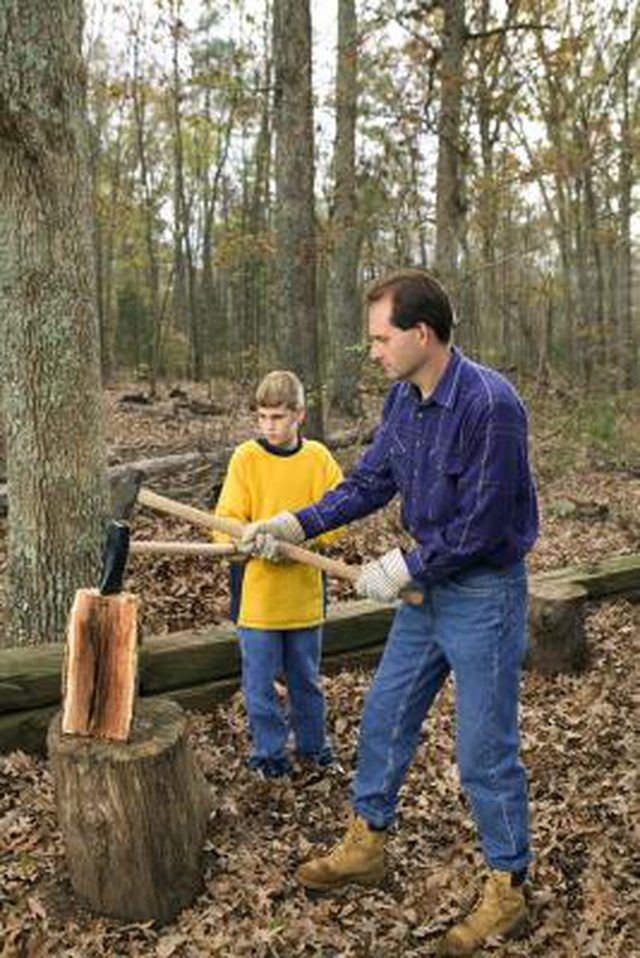Bulbs
Flower Basics
Flower Beds & Specialty Gardens
Flower Garden
Garden Furniture
Garden Gnomes
Garden Seeds
Garden Sheds
Garden Statues
Garden Tools & Supplies
Gardening Basics
Green & Organic
Groundcovers & Vines
Growing Annuals
Growing Basil
Growing Beans
Growing Berries
Growing Blueberries
Growing Cactus
Growing Corn
Growing Cotton
Growing Edibles
Growing Flowers
Growing Garlic
Growing Grapes
Growing Grass
Growing Herbs
Growing Jasmine
Growing Mint
Growing Mushrooms
Orchids
Growing Peanuts
Growing Perennials
Growing Plants
Growing Rosemary
Growing Roses
Growing Strawberries
Growing Sunflowers
Growing Thyme
Growing Tomatoes
Growing Tulips
Growing Vegetables
Herb Basics
Herb Garden
Indoor Growing
Landscaping Basics
Landscaping Patios
Landscaping Plants
Landscaping Shrubs
Landscaping Trees
Landscaping Walks & Pathways
Lawn Basics
Lawn Maintenance
Lawn Mowers
Lawn Ornaments
Lawn Planting
Lawn Tools
Outdoor Growing
Overall Landscape Planning
Pests, Weeds & Problems
Plant Basics
Rock Garden
Rose Garden
Shrubs
Soil
Specialty Gardens
Trees
Vegetable Garden
Yard Maintenance
How to Make a Log Splitter With a Jack
How to Make a Log Splitter With a Jack. Log splitters have been around since early farmers used a baler to split wood. They used the PTO drive on a hay baler to push a piece of wood against a steel blade. In recent years, manufacturers have used that concept to produce powerful wood splitters based on hydraulic-piston pressure. Modern wood...

Log splitters have been around since early farmers used a baler to split wood. They used the PTO drive on a hay baler to push a piece of wood against a steel blade. In recent years, manufacturers have used that concept to produce powerful wood splitters based on hydraulic-piston pressure. Modern wood splitters are not only efficient but also fast. An entire cord of firewood can be split in several hours. The same principles can be applied to a manual log splitter utilizing the hydraulic pressure of a tire jack.
Things You'll Need
Tape measure
T-square
3/4-inch steel plate
Acetylene torch
140-amp stick welder
Hydraulic car jack
Measure and use an acetylene torch to cut an 18-inch by 42-inch piece of 3/4-inch steel plate. Measure and cut two additional pieces of 3/4-inch steel, 12-by-18 inches.
Measure and cut two triangular pieces of 3/4-inch steel plate. These must be right triangles with two of the lines meeting at a 90-degree angle. Make the sides six inches and the hypotenuse 8 1/2 inches.
Lay the large piece of steel flat. Stand one of the 12-by-18-inch piece of steel on its long edge and touching the base of the flat-lying, 18-by-42-inch piece. Weld the two pieces of steel together with a stick welder. Stand the assembly up and weld the two triangular pieces of steel at the adjoining corners of the two large pieces of steel -- as connecting braces.
Measure and cut a 6-by-6-inch piece of 3/4-inch steel plate. Weld it flat onto the top, extended surface of the jack piston. Weld the base of the jack to the center of the 12-by-18-inch piece of steel on the inside of the angle connecting it to the 42-inch piece. (The jack will be standing between the triangular braces.)
Weld the other 12-by-18-inch piece of steel to the other end of the 42-inch piece of steel in an identical fashion as the other 12-by-18-inch piece. Invert the unit so that the jack is now upside down.
Measure and cut two 8-by-8-inch pieces of 3/4-inch steel. Cut an additional piece of 3/4-inch steel that measures 8-by-9 inches.
Weld the 8-by-9-inch piece of steel standing on the end plate with the 8-inch side up. Weld the 8-by-9-inch piece of steel in the center of the inside surface of the end plate. Weld the other two 8-by-8-inch plates on either side of the 8-by-9-inch plate, forming a 2 1/4-inch splitting surface. Do a build-up weld in the crevice on either side of the top edge of the 8-by-9-inch piece, forming a single splitting edge.
Tips & Warnings
Use hardwood blocks to extend the hydraulic piston's reach.
Wear eye protection when working with metal.